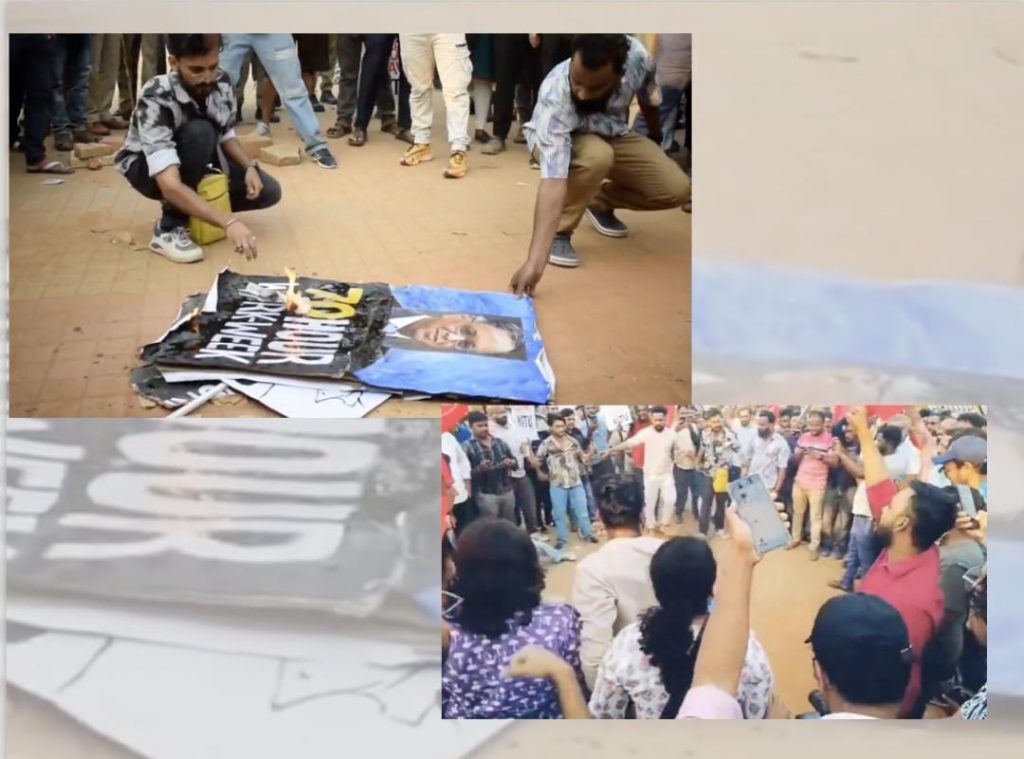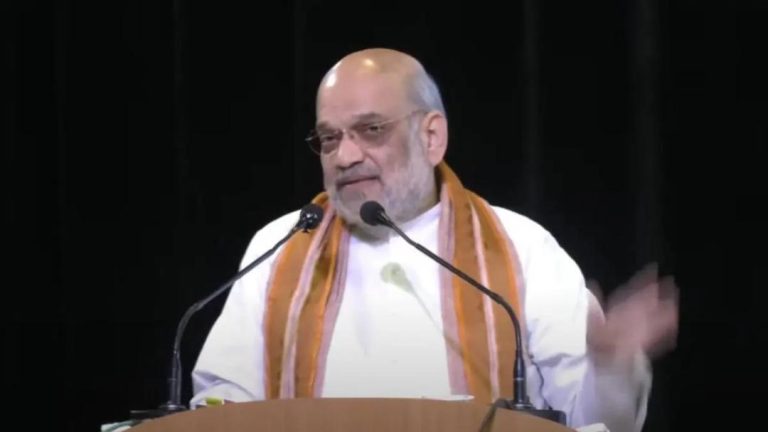
IT Employees Burn Murthy, L&T Chief’s Effigies for Proposing Longer Workweeks
The IT industry in India has long been plagued by issues of overwork, burnout, and exploitation. Recently, the situation took a turn for the worse when Infosys Founder Narayana Murthy and L&T Chairman SN Subrahmanyan made headlines by proposing longer workweeks for IT employees. In response, employees of IT companies in Bengaluru came together to protest against these proposals, with some even taking to the streets to burn effigies of the two industry leaders.
The protest was organized by KITU (Karnataka IT/ITeS Union), an IT employees’ union in Karnataka. The union has been fighting for the rights of IT employees in the state, and this protest was the latest in a series of efforts to raise awareness about the struggles faced by IT professionals.
According to reports, Murthy had suggested that IT employees should work for 70 hours a week, while Subrahmanyan went one step further by proposing a 90-hour workweek. These proposals have been met with widespread criticism from employees and industry experts alike, who argue that they are unrealistic and would only lead to further burnout and exhaustion.
Despite the criticism, many IT companies in India have been pushing for longer workweeks for their employees. This is often justified by claims that the industry is facing intense competition and that employees need to work longer hours to keep up with the demands of their roles.
However, many employees argue that this is just a thinly veiled attempt to exploit them further. They point out that the IT industry is already plagued by issues of overwork, with many employees working long hours without adequate compensation or recognition.
The protest organized by KITU was a response to these proposals and the broader issues facing IT employees in India. On the day of the protest, hundreds of employees gathered in front of the Karnataka State IT/ITeS Employees Association office in Bengaluru. They were dressed in black, and many of them carried placards and banners with slogans like “No to longer workweeks” and “Respect our rights”.
Despite attempts by the Bengaluru Police to stop them, the protesters managed to burn effigies of Murthy and Subrahmanyan. The police had arrived on the scene in large numbers, and had blocked off the roads surrounding the protest site. However, the protesters were undeterred, and eventually managed to set fire to the effigies.
The protest was a significant event, and drew widespread attention from the media and the public. It highlighted the growing discontent among IT employees in India, and the need for change in the way the industry treats its workers.
In a statement, KITU general secretary, Subhash Kumar, said, “We are not against the industry, but we are against the exploitation of employees. The proposals made by Murthy and Subrahmanyan are an attempt to exploit us further, and we will not accept it.”
The protest also drew the support of many other IT employees and trade unions in the state. Many of them attended the protest, and expressed solidarity with KITU in its fight for the rights of IT employees.
The event has sent a strong message to the IT industry in India, and to Murthy and Subrahmanyan in particular. It has shown that IT employees are no longer willing to accept exploitation and overwork, and are willing to fight for their rights.
As the industry continues to evolve and grow, it is crucial that IT companies prioritize the well-being and rights of their employees. Longer workweeks and exploitation are not the answer, and will only lead to further burnout and exhaustion.
In conclusion, the protest organized by KITU is a significant event that highlights the growing discontent among IT employees in India. It is a reminder that the industry must prioritize the well-being and rights of its employees, and that exploitation and overwork are not acceptable.






